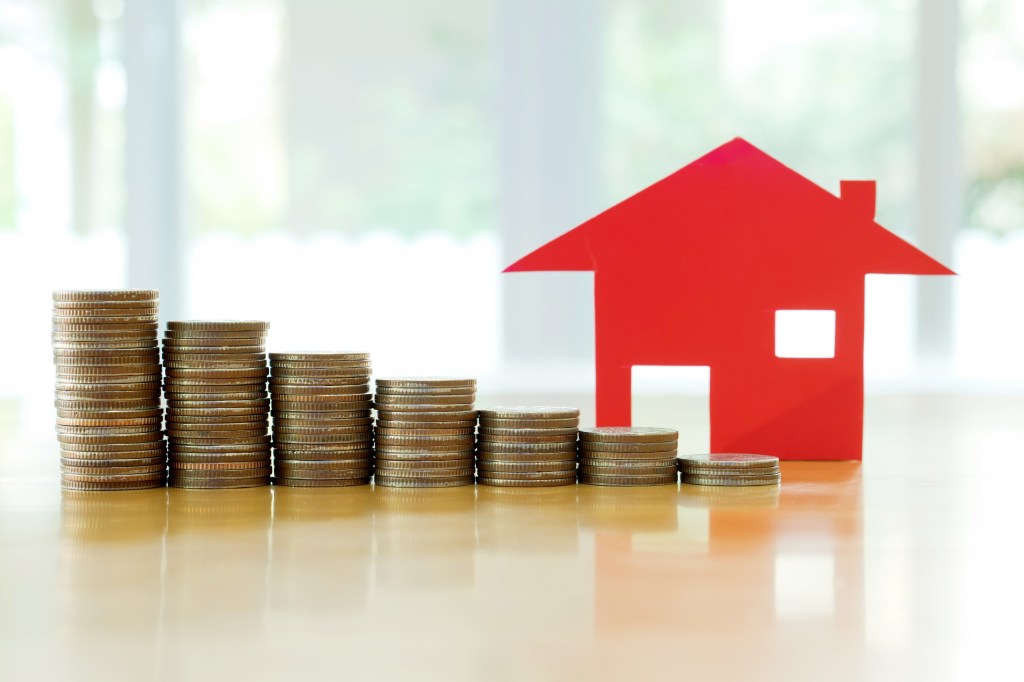The National Association of Realtors’ (NAR) latest quarterly report on home pricing reveals median sales prices for existing single-family homes increased in all but one of 183 measured markets during the second quarter of 2021. Ninety-four percent of the 183 metro areas also experienced double-digit price increases, a jump from 89% in the first quarter.
The median sales price of single-family existing homes rose 22.9% to $357,900, an increase of $66,800 from one year ago. All regions saw double-digit year-over-year price growth, which was led by the Northeast at 21.8%, followed by the South at 21%, the West at 20.9%, and the Midwest at 17.1%.
“Home price gains and the accompanying housing wealth accumulation have been spectacular over the past year, but are unlikely to be repeated in 2022,” says Lawrence Yun, NAR chief economist. “There are signs of more supply reaching the market and some tapering of demand.”
Over the past three years, the typical price gain on an existing single-family home totaled $89,900, with price gains in all 182 markets. In 46 out of 182 markets, homeowners typically experienced price gains of over $100,000.
The largest price gains were in San Francisco-Oakland-Hayward, California; San Jose-Sunnyvale-Santa Clara, California; Anaheim-Santa Ana Irvine, California; Barnstable, Massachusetts; and Boise-Nampa, Idaho.
With home prices rising, the monthly mortgage payment on an existing single-family home financed with a 30-year fixed-rate loan and 20% down payment rose to $1,215, an increase of $196 from one year ago.
Among all home buyers, the monthly mortgage payment as a share of the median family income rose to 16.5% in the second quarter of 2021, up from 14% a year ago. Among first-time buyers, the mortgage payment on a 10% down payment loan jumped to 25% of income.
In 17 metro areas, a family needed more than $100,000 to affordably pay a 10% down payment mortgage, up from 14 metro areas in Q1 2021. There were only 84 markets in which a family needed less than $50,000 to afford a home, down from 104 markets in Q1.
“Housing affordability for first-time buyers is weakening,” explains Yun. “Unfortunately, the benefits of historically low interest rates are overwhelmed by home prices rising too fast, thereby requiring a higher income in order to become a homeowner.”



